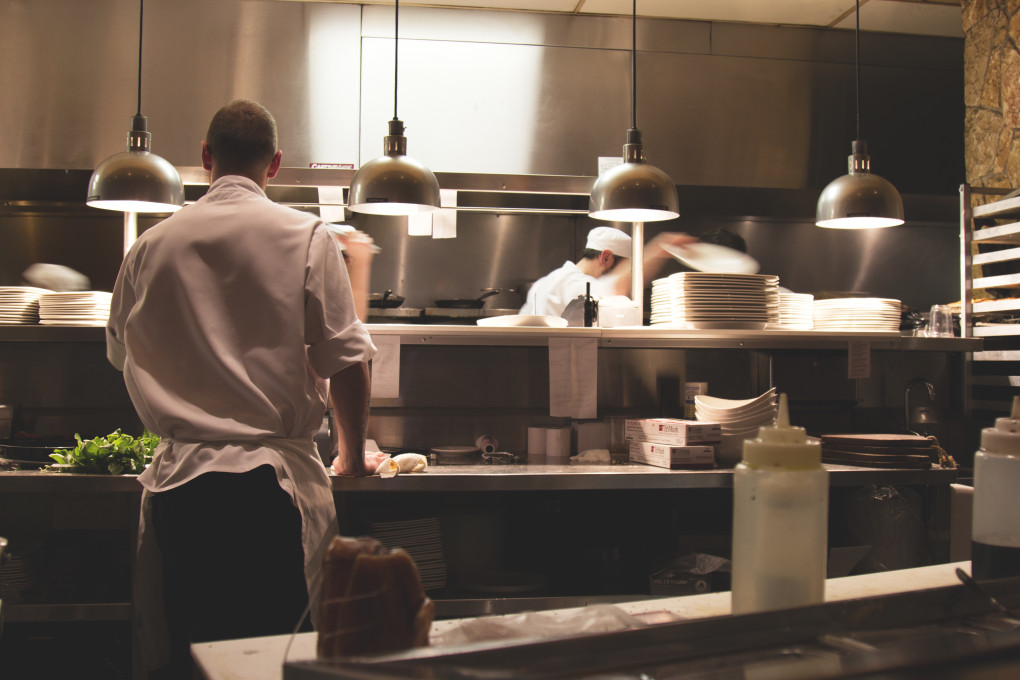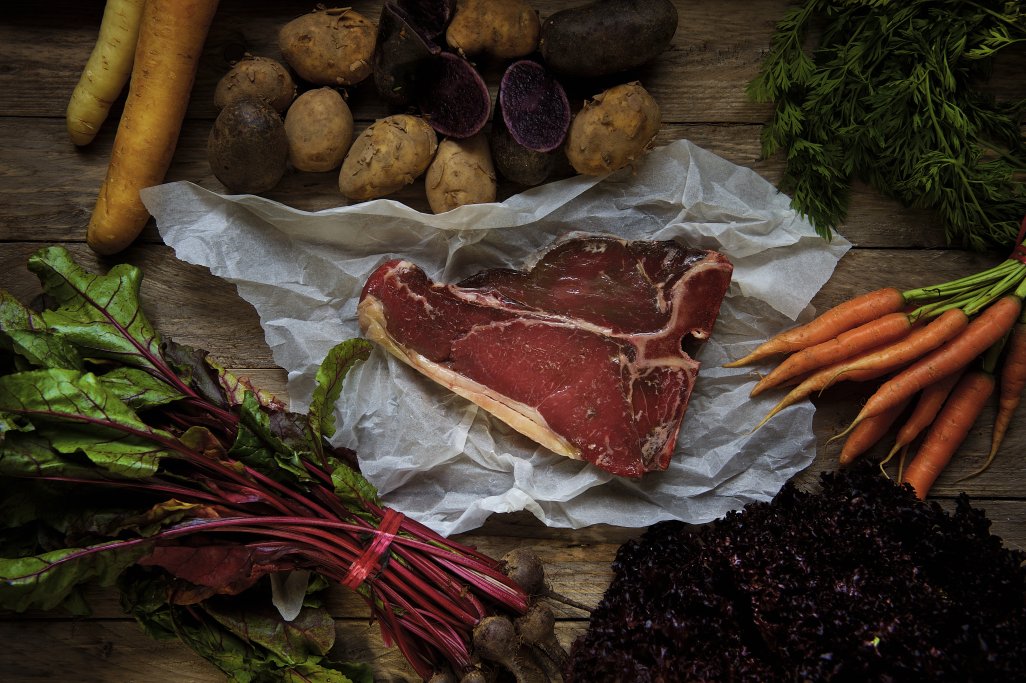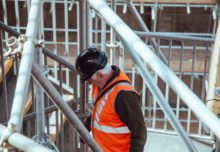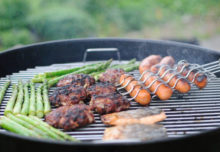Food hygiene for dummies
We offer a range of food safety courses, six in fact. But these are for professionals or wannabe professionals. What about us dummies? What are the food hygiene basics we should all know about?
Here’s our guide.
But firstly…why is food hygiene important?
In terms of germs you might be surprised to hear that the most dangerous room in your house is kitchen. Without proper care and food hygiene harmful food poisoning bacteria like E.coli and salmonella can develop. Here’s how to limit the risk.
Keep things clean
- The most important thing to keep clean in the kitchen? Yourself! Your hands are your main cooking instrument and germs can spread easily from your hands to your food. Wash your hands using antibacterial soap before you start and during cooking, especially after touching raw meat, eggs, fish, touching pets, going to the toilet, and using the bin. Remove your jewellery (it’s likely to have microscopic germs on the surface), use a clean apron and tie back your hair.
- And what’s the next most important thing? The chopping board. Your average kitchen chopping board has 200% more faecal bacteria on its surface than the average toilet seat. Use different colour coded chopping boards for food products with higher risk such as meats.
- Damp sponges and washing up brushes are also a haven for bacteria. Try not to use them or replace them frequently.
- Wash down and wipe your kitchen surfaces before and after using them with the correct anti-bacterial cleaning products.
- Frequently clean your sink with bleach. The kitchen sink is another bacterial hot spot, one study found it contains 100,000 times more germs than you might find in the bathroom.
Wash food
- Washing fruit and vegetables can help remove harmful germs and bacteria from the food’s surface. Peeling or cooking can help further remove germs. So take extra care with food that is eaten cold and unpeeled.
- You don’t need to wash raw fish or meat. In fact you could be needlessly splashing germs around the kitchen. As long as you cook it thoroughly all germs will be removed.
Use your fridge and freezer
- Keeping food cool (between 0 and 5°C) or frozen (-15 to -20°C) slows the growth of harmful bacteria on food.
- You shouldn’t put warm food in the fridge as it won’t cool evenly which increases the risk of food poisoning. It can also heat up the fridge and increase the rate of growth of bacteria.
- Cover food in sealed containers to prevent the spread of bacteria.
- The longer something is left in the fridge the more likely it is to develop bacteria which can spread to other foods. So regularly clean and clear out your fridge and freezer. Leftovers should be eaten within two days or binned.
- Store raw meat in clean sealed containers and place them on the bottom shelf of the fridge so won’t touch or drip onto other foods.
Cooking
- Never under cook food, especially meat and poultry, as it can increase the risk of harmful bacteria staying on the food and causing food poisoning. Cut into foods to check they are fully cooked all the way through. For meat, check there is no pink meat and juices are running clear. You can also use a meat thermometer.
- Don’t reheat food more than once and make sure reheated food is steaming hot throughout.
So there you are. Hopefully you have learned something new. If you want to know more please check the sources below or why not book yourself on one of our courses?
Matt.
Further reading:
Food safety – NHS
Student cooking: kitchen hygiene – Studential.com
Basics for handling food safely – US Department of Agriculture






